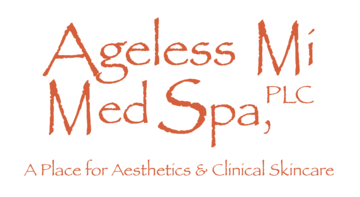Say Good-Bye to Frown Lines!
One of the main causes of frown lines is not a constant expression, but rather the sun causing damage to the skin. Collagen and elastin are damaged with repeated sun exposure. Harmful UVA rays from the sun cause the skin’s natural elasticity to break down, resulting in skin that is thin and less firm. As the skin ages, it results in a frowning, stressed expression. Smoking, age, dryness, and genetics also play a role. Frown lines between your eyes can become noticeable at a relatively young age, making you look angry or worried even when you’re not.
Dysport™/Botox® treatment is a simple, effective, non-surgical procedure that temporarily immobilizes targeted muscles to soften lines and restore a more youthful and less stressed expression to your face. Treatment consists of tiny injections of very low doses of Botulinum Type A protein directly into the muscles responsible for creating the lines between the brows, forehead and around the eyes.
Botox® and Dysport™ are made by different companies, but they have the same basic structure and they work by blocking the communication between the targeted muscles and the nerves so that muscle contraction is reduced. The effects are localized and when administered by an experienced physician, do not affect your ability to smile, laugh or otherwise show expression. Treatment generally lasts between 4-6 months, but individual results may vary. Both products work as well for men as it does for women.
There are some slight differences between the two products:
- The Dysport™ protein is slightly smaller so it may begin to work a bit faster than Botox®, by as much as one to two days earlier, which may be an advantage if you need a really quick fix.
- Botox® and Dysport™ may last about the same time (average 3-4 months), although there are some studies in Europe which show that Dysport™ lasts longer than Botox®.
- Dysport™ diffuses (spreads) over a wider area from the injection sites than Botox®. The advantage is that you can achieve a more natural look and you can treat broader areas, such as the forehead and underarms (for hyperhidrosis, i.e. excessive sweating), with fewer needle sticks.
The treatment is quick and easy and no anesthesia is required, although you may choose to have the area numbed with a cold pack or anesthetic cream prior to the injections. The most common side effects following injections include redness, mild bruising and headache.



